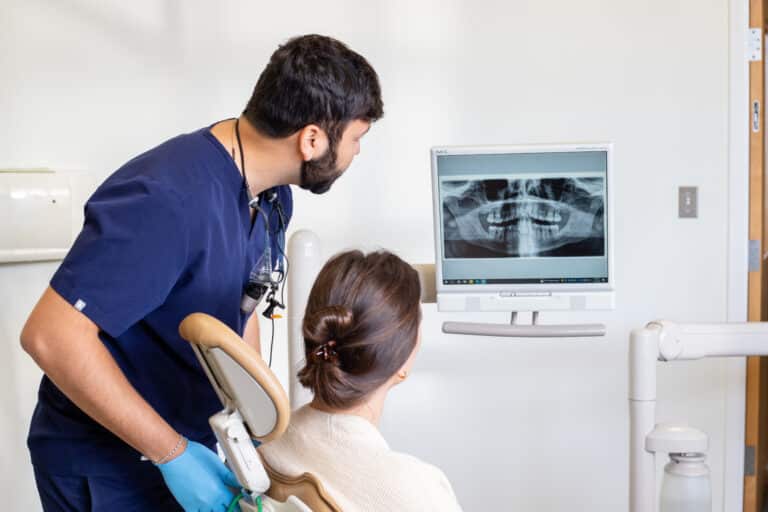Causes of TMJ Pain
 Trauma
Trauma Stress
Stress Arthritis
Arthritis Misalignment
Misalignment
Your dentist may prescribe exercises to improve muscle strength and may also recommend physical therapy. You might need a device called a night guard that helps prevent teeth grinding. Finally, your dentist may suggest dental surgery to reshape teeth in order to improve your bite, orthodontic treatment, or Botox® treatment options offered by our on staff oral surgeon.
However, seeing a dentist for treatment for myofascial pain is the best first step towards relieving your pain. Schedule an appointment to get started!

We work hard to keep your dental care affordable.
Here at Fredericksburg and Ashland Smile Center, we’re proud to make it easy to pay for dental services. We offer high-end dental services at an affordable price. Our staff is trained to help you understand your benefits. We also have financing options that offer low-interest, low-finance plans. Finding affordable dentistry doesn’t have to be intimidating!
Curious if your insurance covers you for a Smile Center exam? Let us check for you.
FREDERICKSBURG:
2330 Plank Road Fredericksburg, VA 22401
Get Directions
Tel: 540-899-7791
Fax: 540-899-8859
[email protected]
ASHLAND:
105 Lee Street Ashland, VA 23005
Get Directions
Tel: 804-798-8447
Fax: 804-496-1250
[email protected]